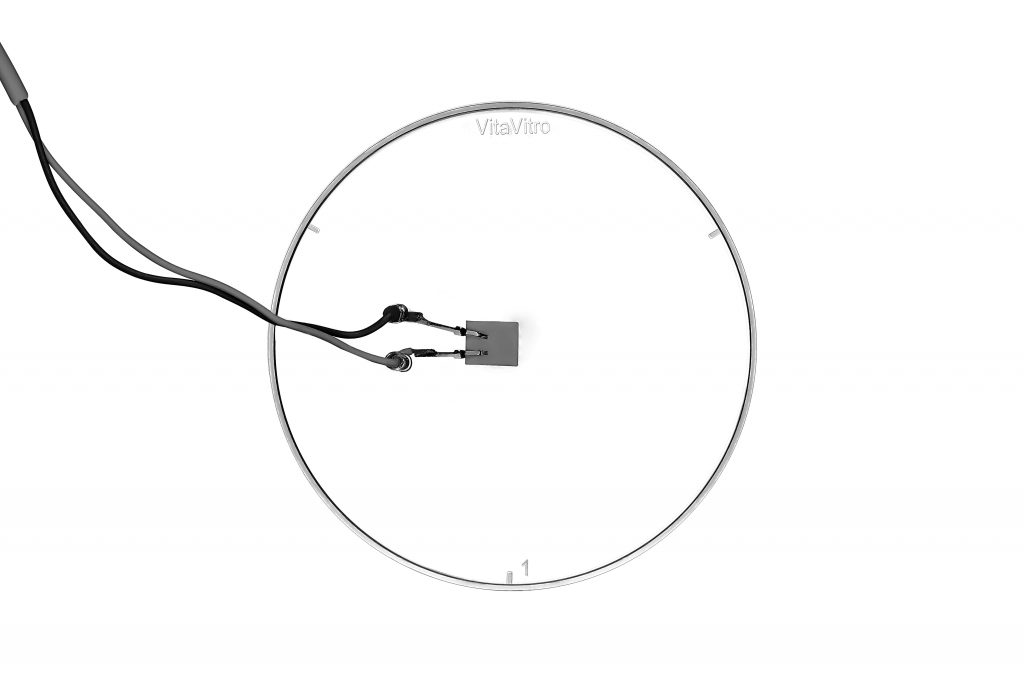The solution - make it easy! (and humid…)
(Sorry for the long silence - I wanted to present you a fait accompli, but in our hectic world, to reach it needed more time than supposed. For those new on this page, Part I. and II. was published on VitaVitro's website - vitavitro.com - three and two months ago, respectively. The subject was/is embryo culture and humidity, more precisely the latter's absence.)
As said, the vast majority of incubators used for mammalian embryo culture have no humidity sensors. Most of them fail to provide consistent high humidity levels by purposely keeping humidity low or using inappropriate and uncontrollable humidification devices. Evaporation - despite the commonly used oil overlay - increases osmolality and may result in tens of thousands of unsuccessful cycles worldwide. To replace the existing incubators with new models providing high, consistent and strictly controlled humidity would require a decade or more, with considerable financial strain both for the industry and IVF laboratories.
It is against the principles of human medicine, including assisted reproduction, to allow such a delay in eliminating a known inconsistency that may compromise the efficiency of our intervention.
We need a solution now. A solution that can be applied immediately in (almost) all laboratories, without noticeable expenses or changing the routine procedures. A simple, safe, perfectly reliable method that requires no special control devices and eliminates all evaporation-related issues in embryo cultures.
Well, this solution is closer than supposed. We only need a slight turn in our approach. To provide humidity where it is required. Not in the whole incubator, just in the dish.
Obviously, it is not an entirely new idea. Some dishes commonly used for embryo culture (multiwell organ culture or GPS dishes) have ready-to-use spaces for holding water. However, when tested, these spaces were found too small, and the water placed in them evaporated in 2-4 days. Others used additional Petri-dishes filled with water to the small compartments of benchtop incubators, but the achievable humidity with this approach was far below (<45%) the required level.
However, instead of giving up the whole idea, we (my respected colleague at VitaVitro, Head of the Experimental Laboratory, Wen Bin Chen and I) tried to create a modified dish. The principles of the modification were simple:
- to make a water container around the culture area with a sizeable water-holding capacity,
- to decrease the gap between the outer walls of the dish and the lid to minimise the escape of humid air but ensure enough ventilation for rapid gas mixture equilibration,
- to ensure that the culture compartment may host 12 individually cultured embryos in commonly used 20 µl droplets, and
- to adjust the dish's outer dimensions (height, diameter) to the commonly used types, making it compatible with all box-type, benchtop toploader or hybrid incubators.
The result was the VitaVitro® Humdish, a modified 60 mm diameter Petri dish, with >13 ml water storage capacity in the outer ring and a 25mm diameter central inner well. The two compartments are separated with a single-layer wall from each other. The dish provides a 97 to 99% humidity level that remains consistent for up to six days in a dry incubator. On Day 6, the remaining amount of water in the outer ring provides a safe reserve for an even more extended incubation period and/or a drier incubator atmosphere. No change in the osmolality of embryo culture droplets occurs between Day 1 and Day 6. The recovery rate of pH in the drops does not differ from those in standard 60 mm Petri dishes.
An additional, unplanned benefit of the VitaVitro® Humdish should also be mentioned. The large amount of water stored in the outer cycle also prevents temperature fluctuation during door opening or possible (but not suggested) temporary dish removal from the incubator for visual control of embryos.

The VitaVitro Humdish. A modified 60 mm diameter petri dish with water reservoir in the outer ring, separated with a single wall from the inner compartment that can host up to twelve 20 µl drops covered with oil for embryo culture

A modified lid with a built-in sensor is also available to monitor the humidity in Humdish in your routine laboratory environment during the whole culture period. The sensor is connected with a tin double-wire to the display located outside the incubator.
Please note: this lid is provided only to test the humidification efficiency. For culturing embryos, use the standard disposable lids!
In conclusion:
Mission Accomplished
The VitaVitro® Humdish has passed the MEA, and is under rigorous evaluation tests in some leading laboratories worldwide. FDA and CE applications are in progress.
We strongly hope that the widespread use of Humdish will safely and fully eliminate the problem of evaporation in mammalian embryo cultures. As a consequence, we expect improved embryo quality and increased overall efficiency. Hopefully, more pregnancies, more healthy babies - and calves, piglets, lambs, foals...).
Reference
Chen WB, Machaty Z, Marconetto A, Parmegiani L, Vajta G.
A Simple and Efficient Solution to Eliminate Evaporation in Mammalian Embryo Cultures.
Cell Reprogram. 2021 Oct;23(5):316-318. doi: 10.1089/cell.2021.0061. Epub 2021 Sep 3.

